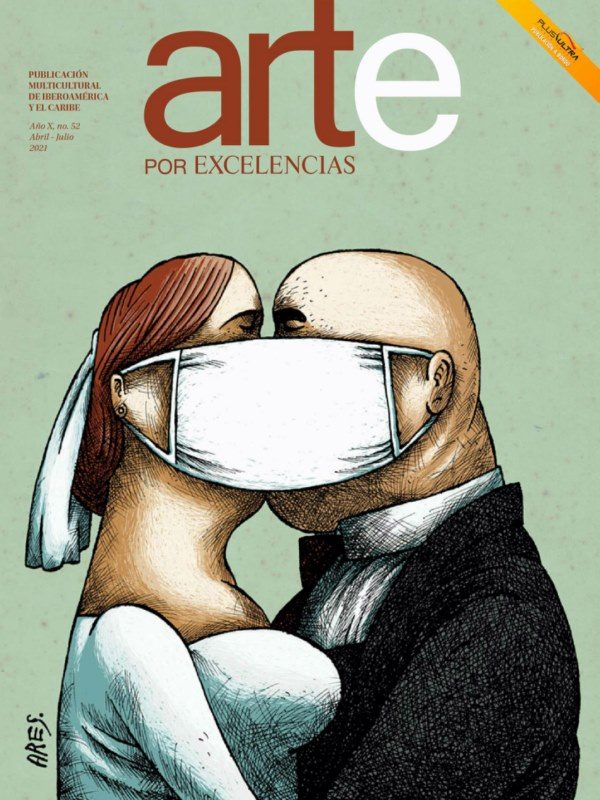HENRI MATISSE OFTEN SAID that he did not paint objects so much as the emotions that the objects stirred in him. His home and studio were notoriously dynamic, packed with stimulating objects, vibrant colors and seductive textures - all of which made it into the work in one way or another. On April 9, the Museum of Fine Arts Boston opened 'Matisse in the Studio,' the first major international exhibition to examine not just the paintings, but the objects painted. The catalog to this spring blockbuster is superb, a book for every shelf, every table, and every artist's studio. "Here and there," curator Georges Salles wrote in 1952, Matisse's work found "reflections in marble, in gilt wood, faïnce, Oriental cloths—a whole curio shop for some daily magic: apparatus of a fantastic laboratory of visual alchemy."
Nothing short of a revelation—and not just about Matisse. I can think of no other exhibition that has told us so much about what artists do and how they think.
- Eric Gibson, THE WALL STREET JOURNAL
Certain objects light up the brain in welcome ways, so we keep them close — a piece of gnarled driftwood on the windowsill, a small copper bowl on the desk. They tell stories and transform places, atmospheres, moods. 'Matisse in the Studio,' a lush collection of images to accompany the Museum of Fine Arts exhibit, focuses on the artist’s relationship with his objects.... The result is a heightened sense of intimacy with his already sensual, summery paintings, and gives a glimpse into the studio — and mental — space of the artist.
- Tina MacLaughlin, THE BOSTON GLOBE
The object is a vector of emotion; it becomes a kind of fetish—an intermediary between the world of material reality and the artist's inner mental reality.
- Editor, ELLEN McBREEN
CLOCKWISE FROM TOP RIGHT: Photograph of Matisse painting the model Zita at 1 place Charles-Félix, Nice, 1928; "Yellow Odalisque" (1937); "Blue Nude (Memory of Biskra)" (1907); "Vase of Flowers" (1924); vase, Andalusia, Spain, early 20th century.













